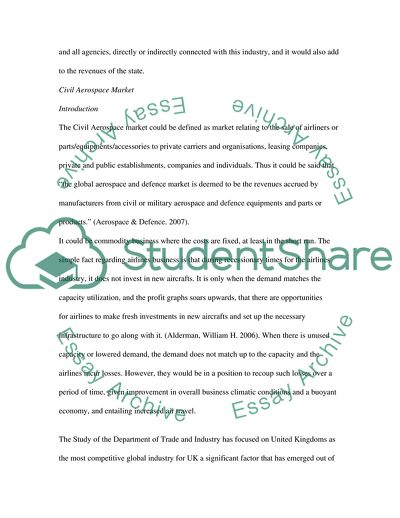Cite this document
(Analysis of Civil Aerospace Market Case Study Example | Topics and Well Written Essays - 2000 words, n.d.)
Analysis of Civil Aerospace Market Case Study Example | Topics and Well Written Essays - 2000 words. Retrieved from https://studentshare.org/marketing/1709577-civil-aerospace-market
Analysis of Civil Aerospace Market Case Study Example | Topics and Well Written Essays - 2000 words. Retrieved from https://studentshare.org/marketing/1709577-civil-aerospace-market
(Analysis of Civil Aerospace Market Case Study Example | Topics and Well Written Essays - 2000 Words)
Analysis of Civil Aerospace Market Case Study Example | Topics and Well Written Essays - 2000 Words. https://studentshare.org/marketing/1709577-civil-aerospace-market.
Analysis of Civil Aerospace Market Case Study Example | Topics and Well Written Essays - 2000 Words. https://studentshare.org/marketing/1709577-civil-aerospace-market.
“Analysis of Civil Aerospace Market Case Study Example | Topics and Well Written Essays - 2000 Words”. https://studentshare.org/marketing/1709577-civil-aerospace-market.


